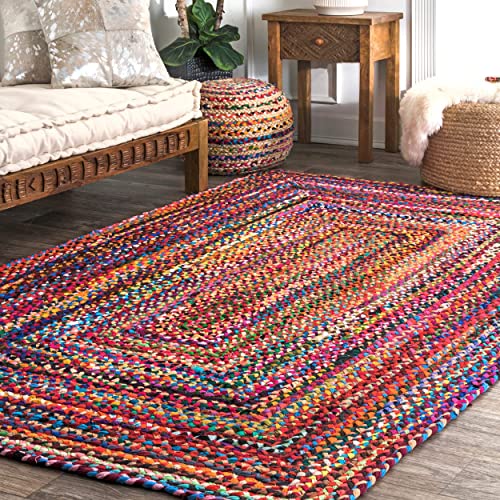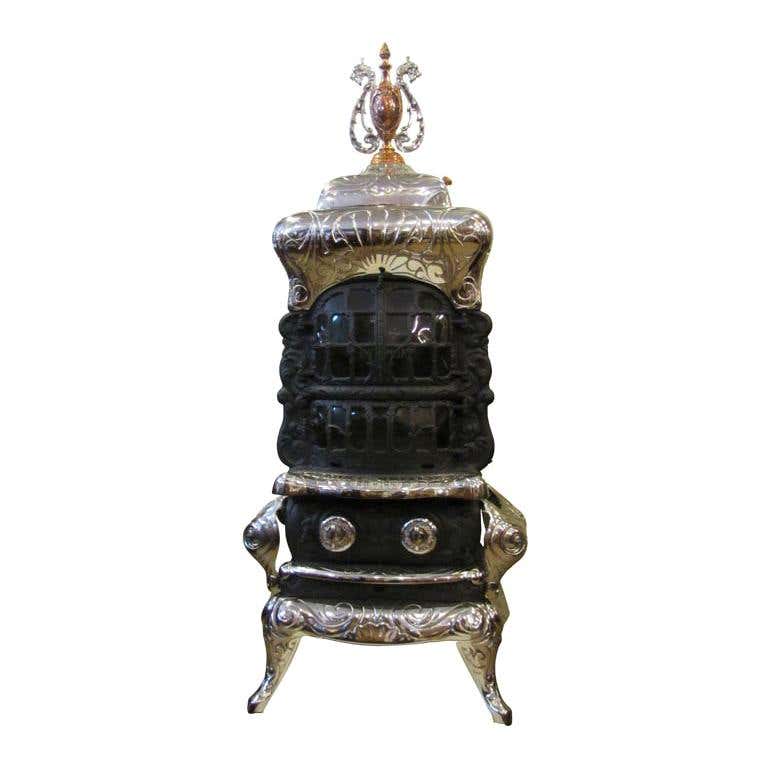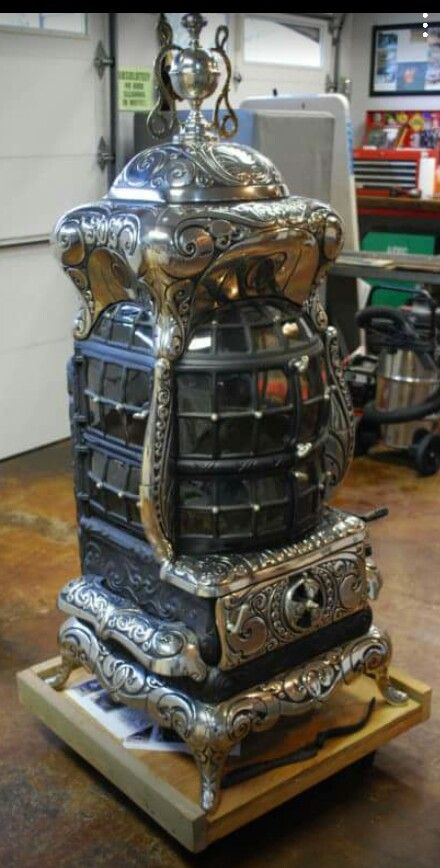| Living in the Front Room |
| In my memory and longer every home had rag carpets. The parlor floor was usually covered with ingrained wool carpet. These were sometimes quite bright with impossible and fantastic designs, but in most homes of the more conservative, which classification covered all the homes I entered, the colors and designs were modest. Ours was brown and green and cream, with large roses and leaves and scrolls. There was almost no wear-out to this type of carpet. It reached from wall to wall, where it was tacked down firmly. |

| The other rooms had rag carpet on the floors, all except the kitchen, that is. This was usually bare boards or covered with linoleum. Rag carpet was tough. It “took” all kinds of wear for years and years. For whole winters, whenever there was time left from other household chores, the whole family tore carpet rags. All worn out cotton dresses, aprons and shirts were torn into long strips of about one and one-half inch width. When a quantity had been torn, Mama sat at the sewing machine for hours at a time sewing the ends together and so making one long continuous strip which was wound into balls of about one pound each. Then more tearing and more sewing. She arranged the colors as she sewed, so there would not be too long a strip of one color but all nicely mixed. Dad said he also took turns at the sewing machine and had himself sewed miles of carpet rags. It took a lot to cover the floor of just one room. They knew how many pounds of balls were needed to make a yard of carpet. When enough balls of rags were on hand they were taken to the carpet weaver. I think someone in Humboldt wove ours. Mrs. Tigner, in Dawson, also wove carpet. This was done on a large loom worked with the hands and feet. Mama liked blue or brown for the chain. This was the cotton string that was threaded into the loom through which the rags were woven. Sometimes one color was making used, making the carpet an even color all over. Sometimes blue, brown and white chain was used to give a striped effect. The carpet was woven into one long strip, about a yard wide. When the large roll of carpet was brought home, the next was to cut it in exactly the right lengths. The cut ends were bound so that there would be no raveling out and the strips sewed together side by side, by hand. It must be done perfectly so the stitches won’t break and so the surface will be smooth and even. Next, to put it on the floor. This took Dad’s help. First a layer of newspapers laid evenly over the rough and even uneven boards. Then the carpet tacked down all around the room next to the base boards. It must be stretched so it will lay flat yet net too much or the tacks will pull out or tear the carpet. Many people had a tool, worked by hand, called a Carpet Stretcher. Mama never liked to use one for fear the carpet would be stretched too much and then tear or rip. Not much danger of that when it was new but after a few years it wouldn’t stand so much stretching. At last! The job was done, at least until housecleaning time. There were no vacuum cleaners, nothing but the broom and some had a Bissel Sweeper, which only brushed up the crumbs or threads. So up came the carpet and taken out on the yard and spread on the grass. First all hands took hold of one side and shook the carpet, being careful the wind was at the back of the shakers. Then the opposite side was taken hold of, the carpet turned and shaken again, and so on, on all four sides. Then it was beaten with a flat wire affair or even an old broom. Then it was shaken again and finally declared clean. While the rest of the room was being cleaned and the old papers taken off the floor, the carpet was left on the grass to absorb the wonderful clean out doors smell. Then new papers were spread on the floor and the carpet brought in and again tacked down. This time, if the shape of the room permitted, the carpet was turned so the wear would come in a different place. Usually it was dark by this time so the kerosene lamp was set on the floor beside Dad, so he could see what he was doing. Now that room was cleaned. Another day, another room. That is, if it didn’t rain, or look like it might. Couldn’t clean the carpet if it was a rainy day. |

| The Base Burner was another matter. What a comfort it was. It was in the dining room where we spent most of the winter time. It burned hard coal. The fancy, peaked bright nickel top lifted to one side and a whole bucket of coal went into the inner jacket. There were isinglass windows on three sides and it stood on a heavy nickel-footed base. The art of starting a fire in this stove is one I never learned, but I well remember the calamity it was when the fire went out and it had to be started again, and it didn’t often happen. |

| The last thing before going to bed, Dad shook down the ashes and filled the stove with coal, opened the draft so the coals would start the new coal to burning good, and then set the drafts at just the proper place so the fire hold till morning. It gave a wonderful heat, though like most stoves and houses, it was often chilly around the walls. Ashes! Oh yes, lots of them! Ashes to carry out from the parlor heater when it had been used, and every day from the base burner and the kitchen range. Another thing I nearly forgot, the stove pipe from the base burner went up through a well insulated hole in the ceiling into the bed room upstairs and then into the chimney near the ceiling of that room. This gave the bedroom quite a bit of heat though it was far from comfortable in temperature. |